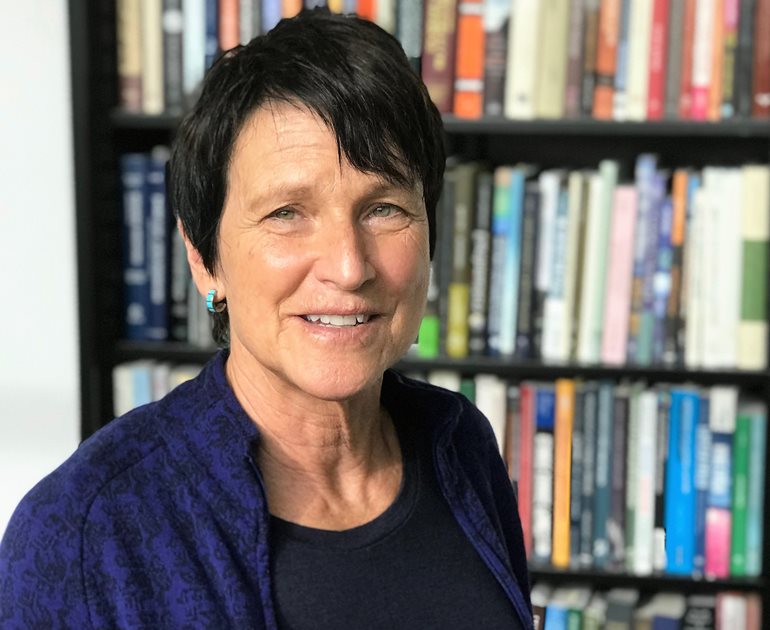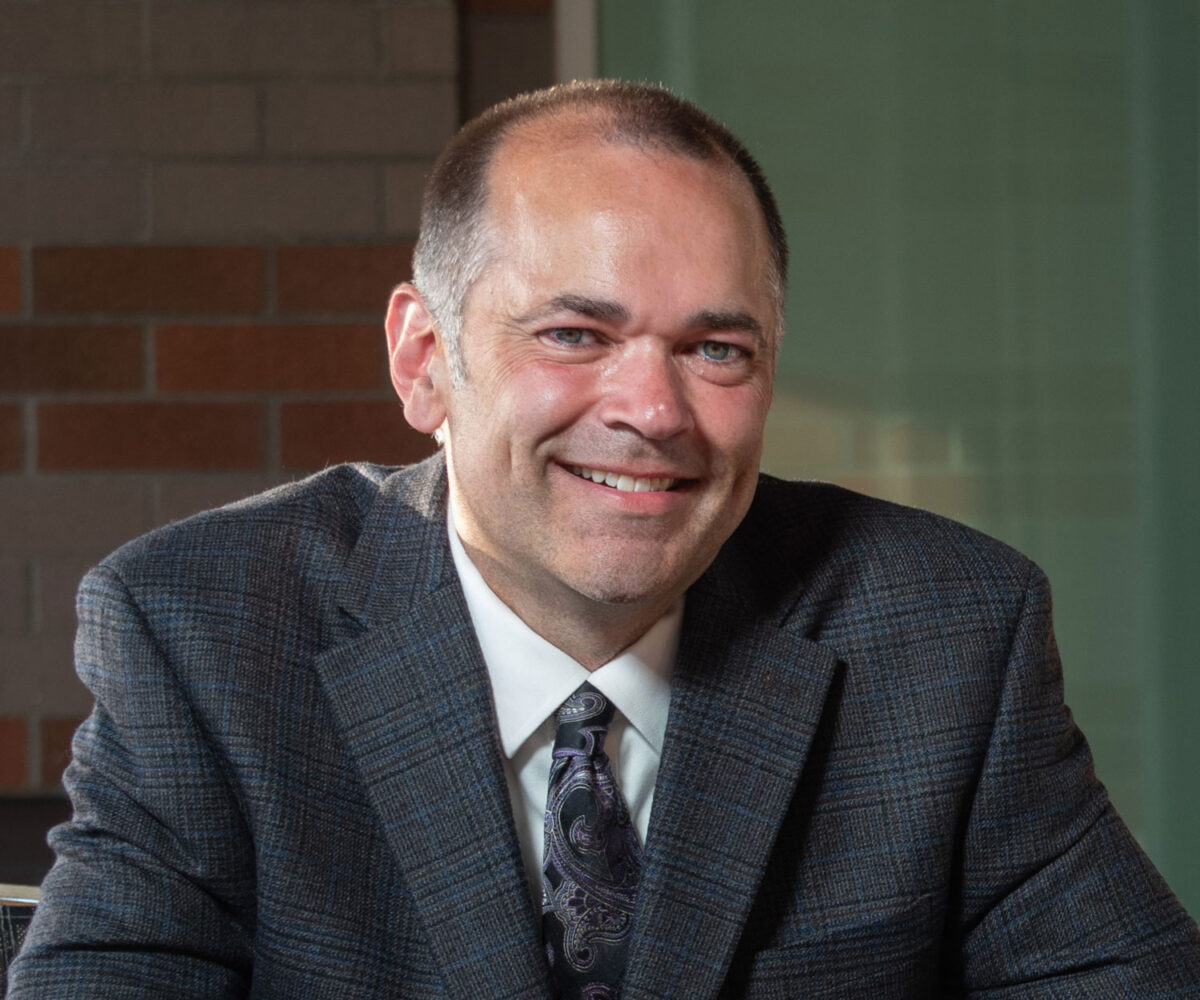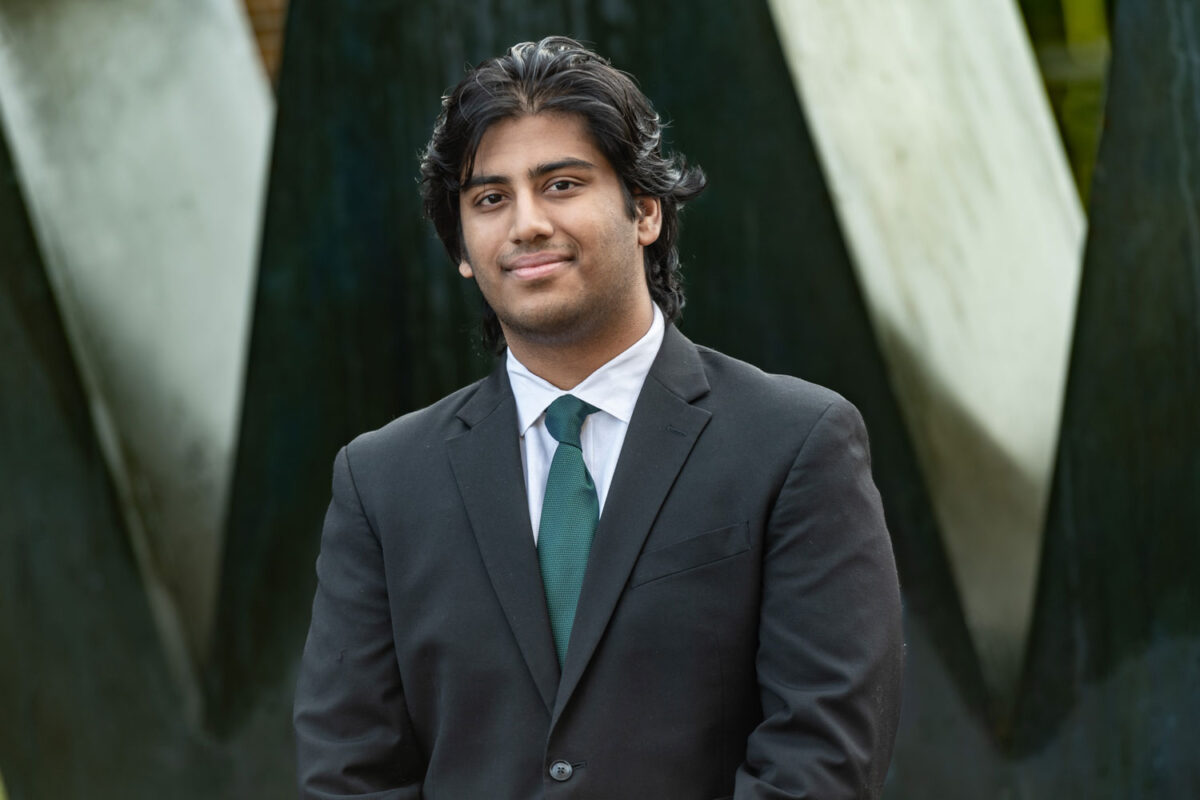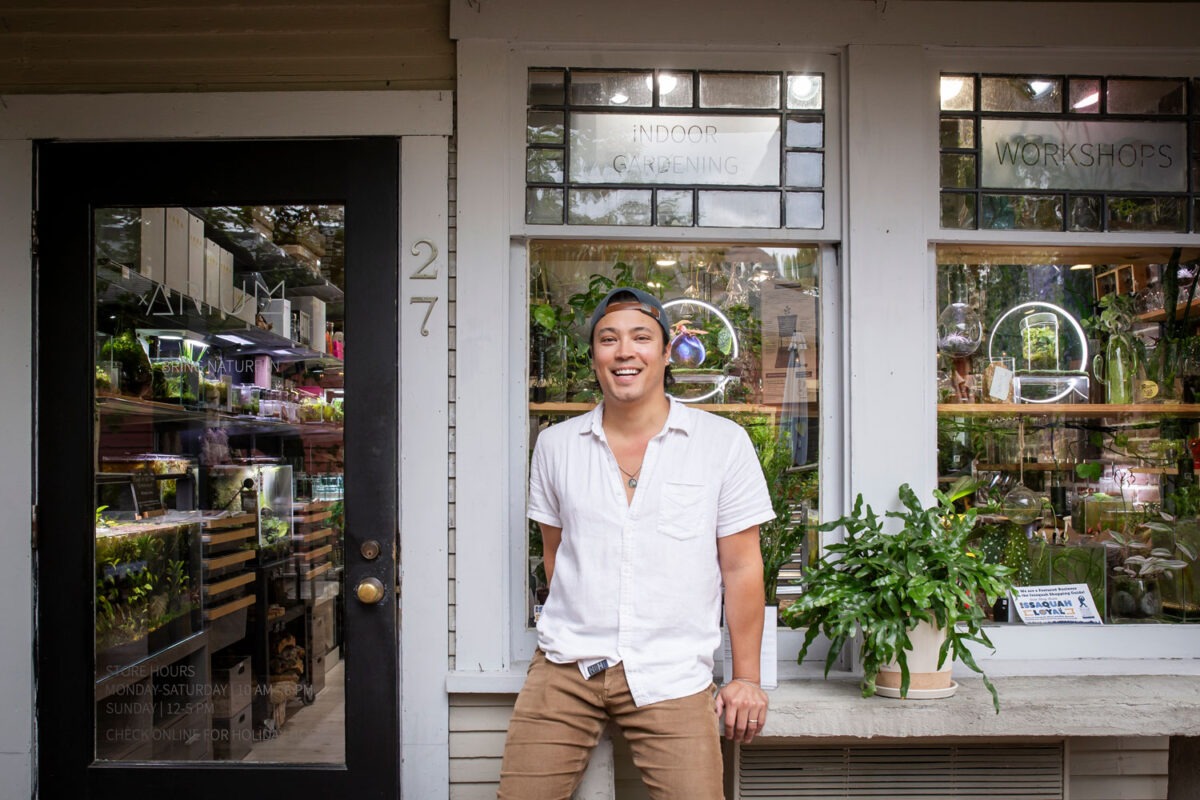
By Douglas Esser
Too many discussions about climate change end in a conversation about reducing greenhouse gases, says Margaret Redsteer, an assistant professor in UW Bothell’s School of Interdisciplinary Arts & Sciences.
That’s not a bad conversation, but it’s too late. “There’s no real discussion about the fact that climate change is already here,” she said. “The oceans already have absorbed a significant amount of heat. The polar ice caps are already melting. There already is extreme weather. There already are more heat waves, significant floods and bigger hurricanes. “We have all these effects,” she said, “right now.”
Science responds
How do we respond to the impacts of climate change? That’s the discussion Redsteer encourages as a teacher, a researcher and member of the scientific community. She served on the advisory board for the American Association for the Advancement of Science (AAAS) “How We Respond” initiative. Published in September, the initiative’s report links to resources and 18 multimedia stories that serve as examples of how communities respond to climate change. “How We Respond” follows the AAAS 2014 report “What We Know” that presented evidence of human-caused climate change. The AAAS is the world’s largest body of scientists, and it’s holding its annual meeting Feb. 13-16 at the Washington State Convention Center in Seattle. Redsteer will lead a town hall discussion on the “How We Respond” initiative.
Tribes lead
One of the report’s case studies is about the Yurok Tribe along the Klamath River in northern California. The tribe is trying to save a dwindling population of salmon that is critical to its culture. In response to warming water temperatures, erosion, drought and wildfires, the tribe entered a carbon cap-and-trade program and a dam-removal agreement. To make the land more resilient, the tribe also burns patches of forest to lessen the severity of wildfires. On the Washington coast, the Quinault Indian Nation has a plan to move the village of Taholah back from the Pacific beach where it is at risk of flooding. “The plan they have is forward-thinking,” Redsteer said “because they also look at how wetlands play a role in mitigating flood hazards.”
Policy matters
The Quinault tribe is one of the case studies UW Bothell students consider in Redsteer’s course Climate Change Adaptation Policy. New to campus, Redsteer first taught the class in spring 2019 and will offer it again next spring. “The students know a lot about climate change and about greenhouse gases,” Redsteer said, “but they don’t know about climate change adaptation, how to respond to and address the impacts of climate change.” In discussing policy, the class also considers issues of environmental justice. “When you don’t have a policy, the people who have the means will find a way to adapt — and people who don’t have the means will be left out to fend for themselves,” she said. “That is externalizing the cost of climate change on people who can least afford it. “That’s why we need to be thinking about the impact.”
Research agenda

Margaret Redsteer UW Bothell Redsteer joined the UW Bothell faculty in 2018, after 20 years as a research scientist with the U.S. Geological Survey (USGS), focusing on indigenous communities in northern Arizona. In 2013 she received the Leadership Award from the Society of Native American Government Employees. Redsteer was the lead author on the 2014 National Climate Assessment chapter describing climate change issues relating to Native American communities. She also was first author of a chapter about Navajo tribal elders in the 2018 book “Indigenous Knowledge for Climate Assessment & Adaptation.” She is still finishing up USGS research on sand dunes and climate change on the Navajo reservation, and she plans to examine climate-related hazards in the Pacific Northwest as well.
Issues and disasters
Redsteer has found that students are interested in her Climate Change Adaption Policy course and two other courses she teaches: Introduction to Environmental Issues, and Natural Hazards and Human Disasters. “We talk about earthquakes and volcanoes, and we also talk about droughts and flood and hurricanes and the sea level rise — all of the extreme events that are becoming more extreme with climate change,” she said of the disasters course. The intro course includes more discussion of fossil fuels, recycling, deforestation and how agricultural systems are tied to environmental health. “What’s really great is I end up with a lot of media and communication students in my class,” she said. “I love taking advantage of that because one of the things we really need is better media and communication on these issues.”
Change maker
“I want people to think about climate change adaption not just mitigation,” said Redsteer. “We have to make sure we have policies in place that protect people.” This is why she’s involved in the “How We Respond” initiative and why she teaches about climate change adaptation. “We really need to do more than think about greenhouse gases. We need to think about what we’re going to do to remain safe in a changing climate.”



